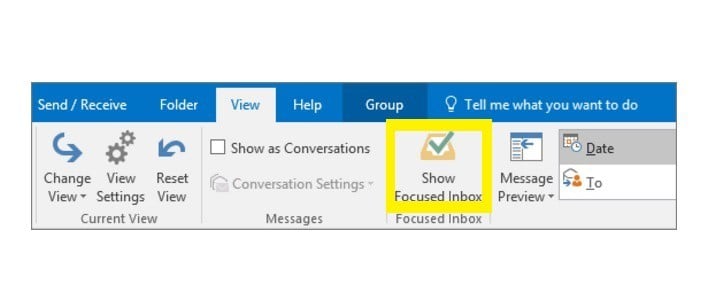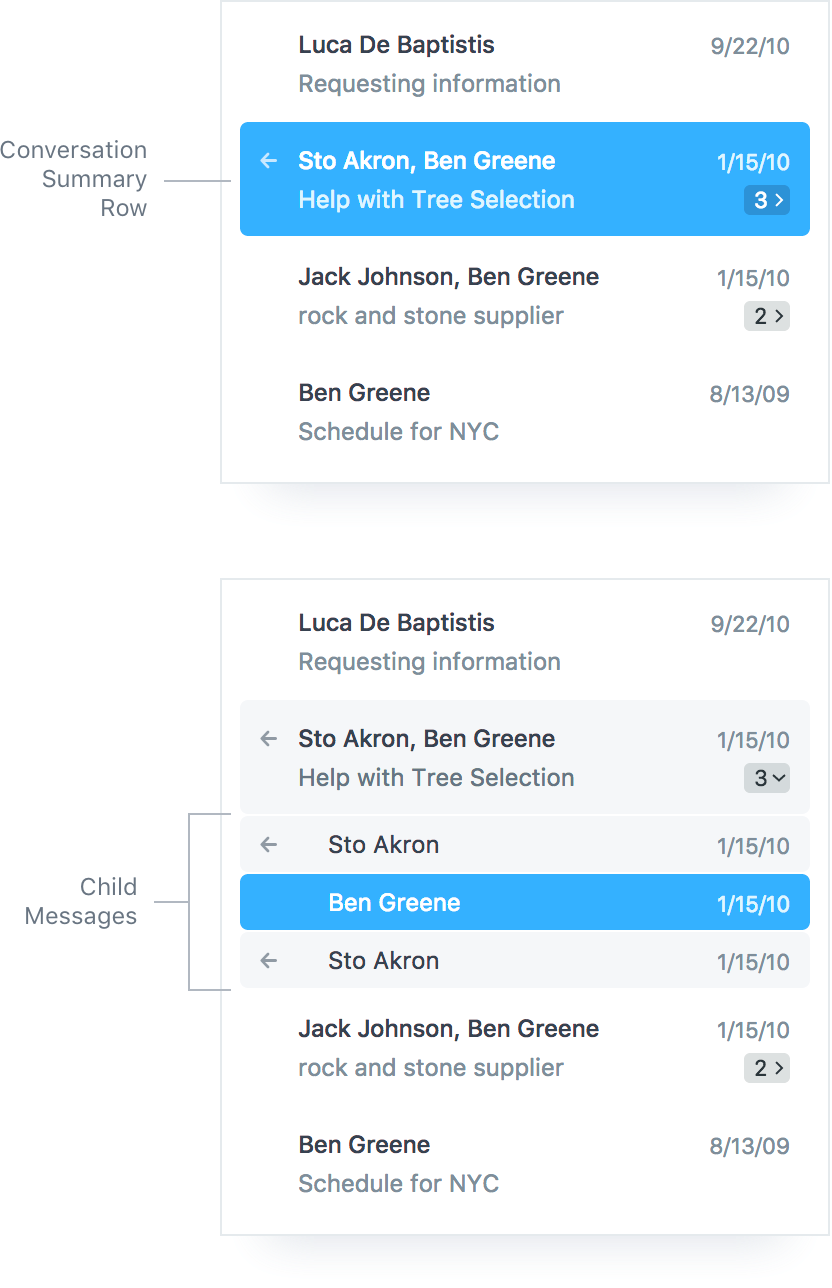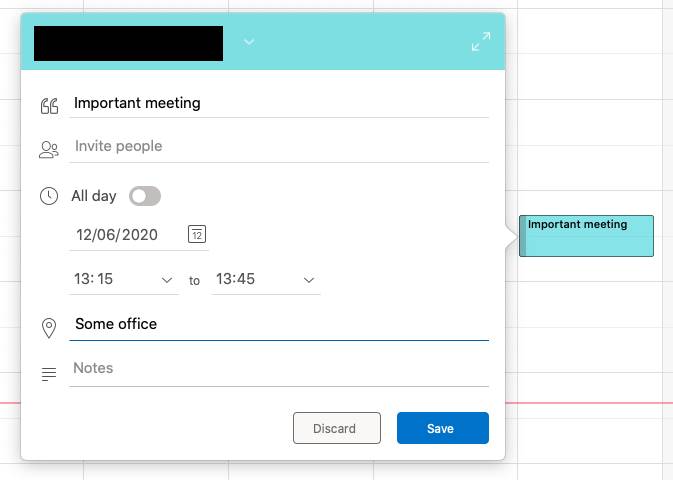


In Figure 2, below, I emailed from my work account to my Gmail account, and to one other person in my office. An expanded conversation heading shows the entire conversational flow.(If you hover your mouse over the conversation, without clicking, you’ll see the names of all the participants).

Until you get used to how a collapsed conversation looks when it has new email in it, you may think you are missing some emails! A collapsed conversation with a new email in it will move to the top of your inbox, and show as bold black. A collapsed conversation heading, as shown in Figure 1, shows only the participants and the Subject line, along with the time and date of the latest email in the conversation. A conversation is usually (not always) collapsed, hiding the flow.This can be disconcerting until you get used to it. But, if someone else replies to the email a week later, the entire conversation will then be moved to the top of your inbox, including the reply that landed there a week earlier. If you sent an email last week and someone replied to it the same day, that first reply will appear at the top of your inbox when it arrives (as normal). A continuing conversation moves in your inbox.But if someone replies to it, that sent email also becomes part of a conversation that can be viewed in your inbox. Your sent email is still in your Sent items and remains a sent email. Changing to Outlook Conversation view doesn’t actually move email.But there are some important things you need to understand about it: Once acclimated, they find email conversations much easier to follow and working in Conversation view much more efficient. The thing is, changing from the traditional view to Conversation view can be a bit confusing at first. After a few days, however, everyone I’ve switched over to Conversation view loves it. Tips for Mastering the Change to Conversation View What’s not to like, right? Less poking, clicking and searching sounds good.
#Remove conversation view in outlook for mac full#
Instead it is just a simple click to expand the entire conversation from condensed view to full view. No more heading over to your Sent items to view your replies, or poking through your inbox to see related incoming email. It’s not that you can’t reconstruct the conversation, but it takes some work. Fortunately, more recent versions of Outlook address this issue with a feature called “Conversation view.” (Gmail users are already used to Conversation view, since it is Gmail’s default.)Ĭonversation view allows the entire email conversation to be followed in one location-your Outlook inbox. You reply to their reply and your email heads back to your Sent items.Īll those things are disconnected from one another, unless you take extra steps to bring them together.Someone replies to your email and it lands in your inbox.You send an email and it heads off to your Sent items.Unfortunately, Microsoft Outlook email, in its default setup, doesn’t flow as smoothly: We don’t need to mine different locations in our brain (at least not consciously) to follow or recall the discussion. When we recall our conversation, we remember the flow-who started talking, who replied, and how the conversation carried on. We keep track of the flow in our minds-all in one place. In real life, our conversations flow, with one person talking, others replying, the original speaker responding again. We all like to talk-at least most of us do.


 0 kommentar(er)
0 kommentar(er)
